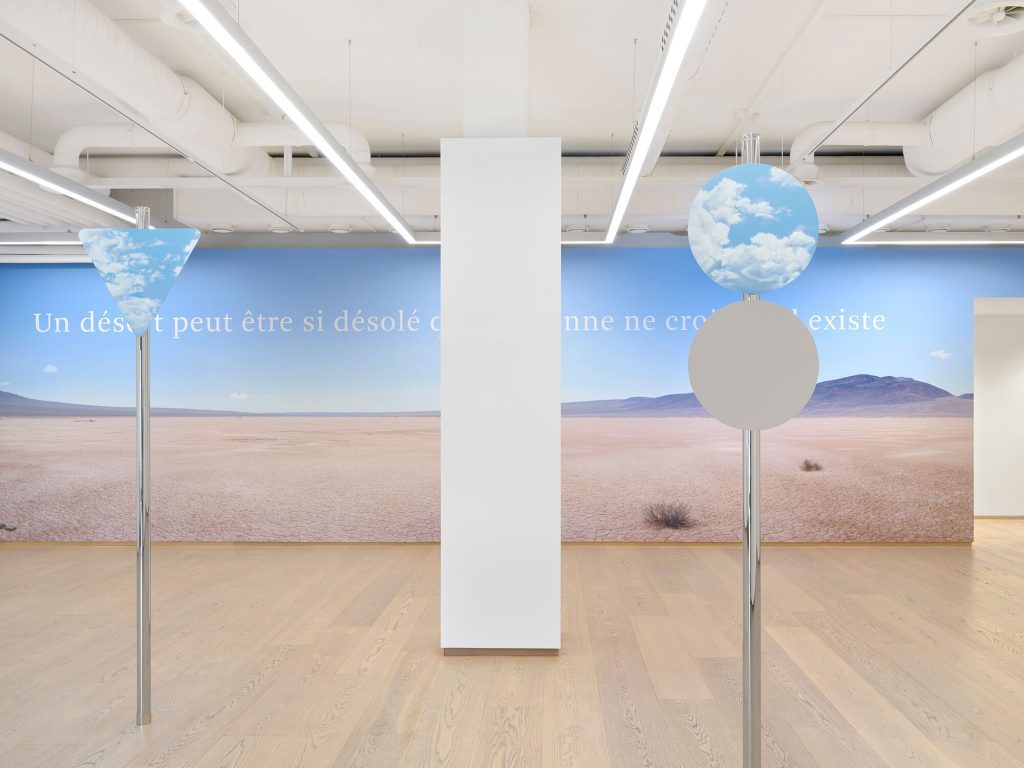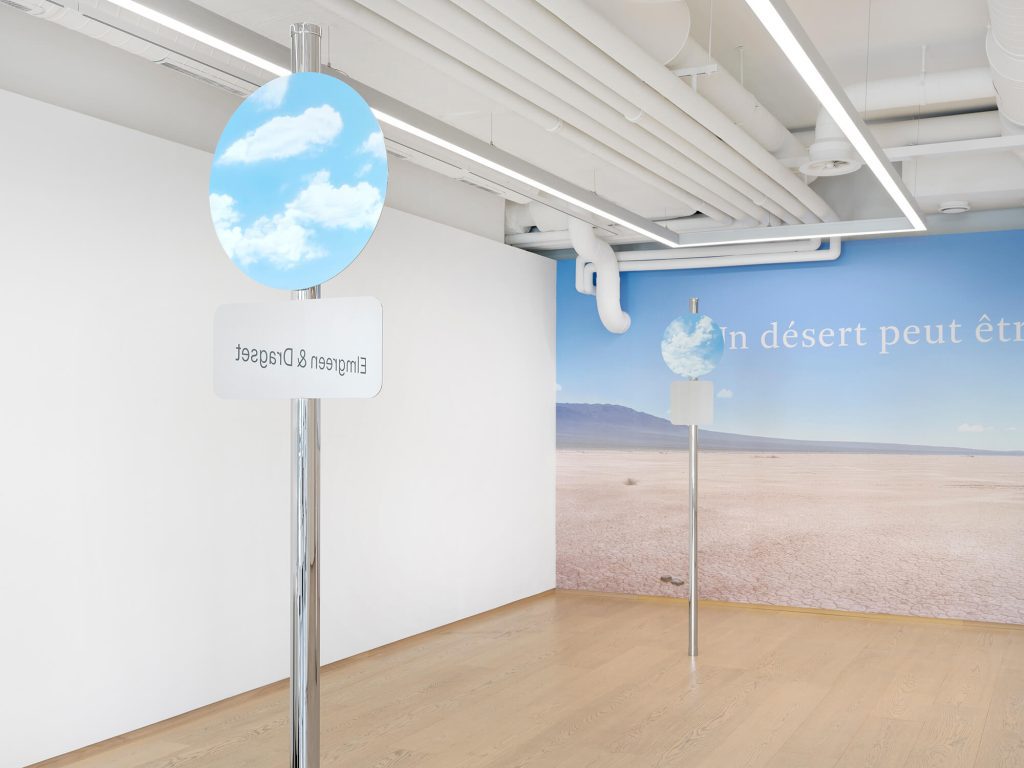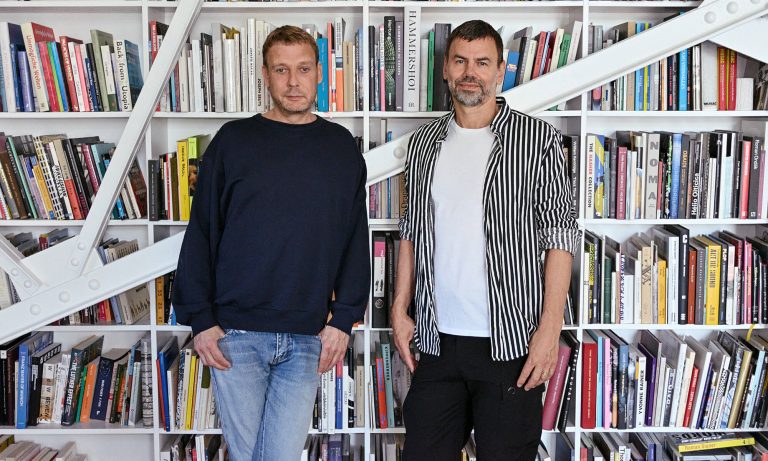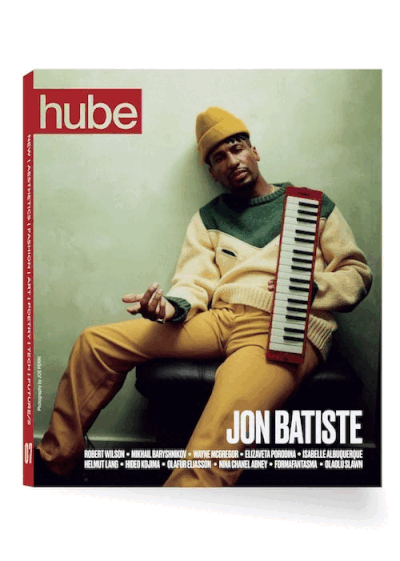Elmgreen & Dragset’s Landscapes exhibition at Pace Gallery in Geneva explores the complex relationship between humans and nature. Through surreal and thought-provoking installations, the artists invite viewers to reflect on how we perceive and project our imaginations onto landscapes, combining urban and natural elements in innovative ways.
hube: Could you share the inspiration behind the Landscapes exhibition and how it has evolved from your previous works? What is the essence of Landscapes?
Michael Elmgreen: This show is called Landscapes not because it’s about nature per se, but because it’s about how landscapes are a projection of our imagination, our human perception. Since the Romantic era, it has been objectified, romanticised, and othered. We find this strange because us humans are also nature; we are part of the landscape. In the exhibition, we also address urban landscapes. Most landscapes in the industrially developed world have been altered and cultivated. So, what is a landscape today? It’s what we project onto it.
Ingar Dragset: We found it quite fun to put on an exhibition like this in Switzerland because it is known for its cities and towns as well as its famous landscapes. However, the Swiss landscape is often curated, like with cows in serene looking mountainscapes in advertisements for Swiss chocolate. We all know that that is not what a milk farm looks like today. Our perceptions of landscapes are frequently shaped by the media we consume, rather than their true appearance. This is something we explored a long time ago with our installation Prada Marfa, where we placed a luxury goods shop in the middle of the Texan desert. Today, even wilderness is a commodity. We know it well from films, advertisements, and TV series. So when we look at a landscape, it’s not as it really is, but how we know it from a mediated reality. This exhibition is a reflection of that reality.
h: A quote ‘A desert can be so desolate that nobody knows it exists’ by Inger Christensen plays a significant role in setting the scene for the exhibition. Why did you choose this particular quote and how does it relate to the overall theme of Landscapes?
ME: To humans, nature only exists through our perception. This problem is closely linked to the climate crisis. If it’s not mapped by our consciousness, it’s like it doesn’t exist. The quote is taken from a poetry collection by the Danish poet Inger Christensen and is also describing a state of mind, an inner feeling.
ID: The quote evokes a kind of mental landscape beyond the literal meaning of an actual desert. It can be a metaphor for loneliness, for example. Sometimes things grow so big and all-encompassing that you don’t even realise they are there.

Photography by ANNIK WETTER
Courtesy of PACE GALLERY

Photography by ANNIK WETTER
Courtesy of PACE GALLERY

